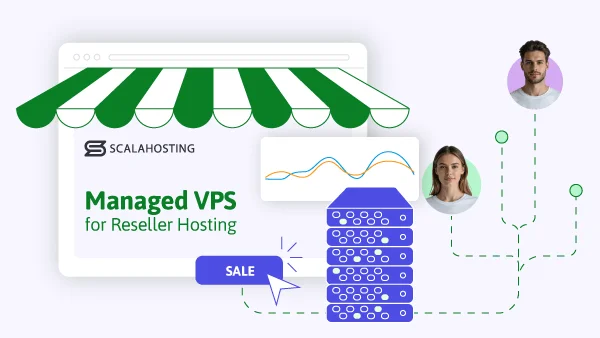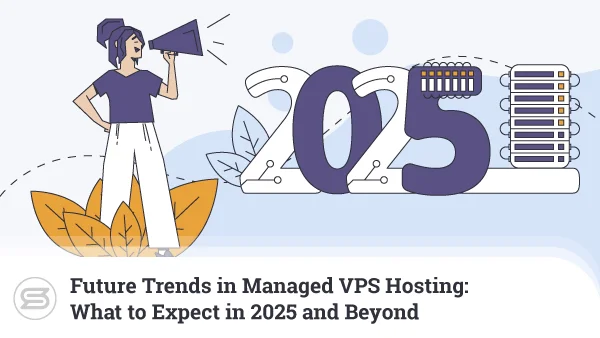Cloud Hosting Pricing: Understanding Pay-as-You-Go and Fixed Plans
Cloud computing, more commonly referred to as simply “the cloud,” has revolutionized the tech industry. This virtual space has offered people a better way to store their digital resources, such as apps and files. Therefore, it is not surprising at all that it has made its way into the hosting world.
Want to know more about it?
You’ve come to the right place. In this article, we’ll discuss cloud hosting pricing and explore the concepts of pay-as-you-go and fixed plans.
Let’s start from the beginning:
Introduction to Cloud Hosting Pricing Models
So, what’s the difference between traditional and cloud hosting?
With the traditional types of hosting, you have a physical server that is used by multiple accounts (shared hosting) or a single client (dedicated plans). With the cloud, you get to store your data on a network of servers all around the globe. That way, if the hardware crashes for some reason, you can rely on the rest of the cluster to keep your website up. It’s great for sudden traffic spikes.
IMPORTANT: All types of web hosting – shared, VPS, dedicated – can be powered by the cloud.
There’s a difference between the pricing models, too. Hosting providers offer pay-as-you-go and fixed payment options for cloud plans. Which one is better for your business will depend on several factors, such as the number of visitors your website receives.
Pay-as-You-Go Pricing
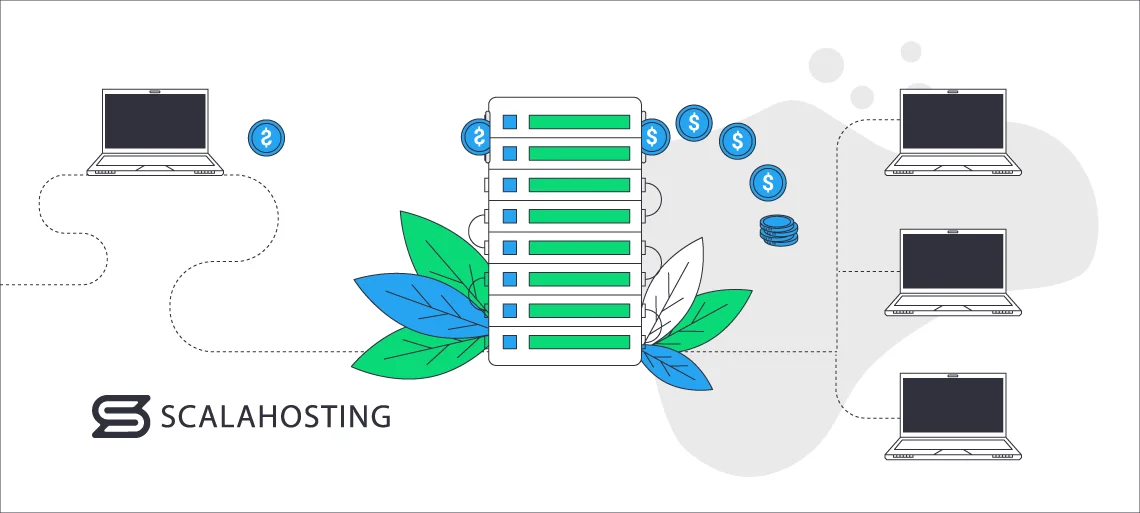
Pay-as-You-Go, or consumption-based pricing, allows users to pay for actual resource consumption – be it CPU, storage, bandwidth, or other services. It’s an excellent option for businesses of all sizes, as it allows for maximum scalability.
Benefits of Pay-as-You-Go
The main benefit of the pay-as-you-go model is cost-effectiveness. Website traffic is not linear, and spikes do happen. Pay-as-you-go offers you flexibility with your resources in such cases. The more you use, the more you pay – a model that resonates well with dynamic workloads. With a bit of data analysis, you’ll even be able to calculate your monthly fee in advance, as you can easily monitor your traffic.
Pay-as-you-go resonates with the budgets of smaller companies and startups as well. Businesses just starting out and looking to grow their audience often seek budget-friendly options. The pay-as-you-go model eliminates the daunting investment barrier that many face during the development stages of their company.
Thanks to the cloud environment, you will also enjoy uninterrupted uptime. As your website is replicated across the network, there is no single point of failure, which can lead to downtimes.
Potential Challenges of Pay-as-You-Go
While the pay-as-you-go model offers unparalleled flexibility, predicting monthly costs can be challenging, especially for websites with highly variable workloads. They demand vigilant monitoring of resource usage, or you’re at risk of unexpected charges due to inefficient resource allocation.
If you’re after cost stability, then fixed plans are the better choice.
Fixed Pricing Plans

Fixed pricing plans supply you with a set of resources, such as RAM, CPU, and storage, over a contracted period of time. The resources and their fees don’t change unless you explicitly inform your vendor that you need a different plan. It’s a good option for those looking for stability.
Benefits of Fixed Pricing Plans
Fixed plans make it incredibly easy to plan your budget for the long term. If your website’s traffic is steady or easy to predict, those are the best types of packages for you. You know exactly what you’re paying for, and prepaying for a longer term often comes with great price discounts. That also makes fixed plans a more cost-effective solution in the long run, providing savings when compared to on-demand rates.
In addition, fixed plans are easy to customize. You can discuss the needs of your business with your hosting vendor and get a package that’s tailored to fit them.
Potential Challenges for Fixed Pricing Plans
The biggest drawback of fixed plans is the inability to quickly react to dynamic traffic changes. Sometimes, you might find yourself paying for resources you’re not utilizing, while others, you might struggle without adding more.
Fixed plans also require some commitment. This means you might need to do a comprehensive evaluation of long-term business goals, growth projections, and budget constraints. That’s extremely important if you choose a longer upfront payment.
Hybrid Approaches and Flexibility
Hybrid cloud strategies combine the strengths of the Fixed and Pay-as-you-go payment models. This allows businesses to leverage PAYG for variable workloads and fixed plans for stable environments.
Strategic allocation of resources lies at the core of hybrid approaches. You can use designated fixed plans for applications with stable workloads and leverage pay-as-you-go for projects with dynamic demands. That way, you can strike a delicate balance between cost control and adaptability.
Resource Management and Optimization
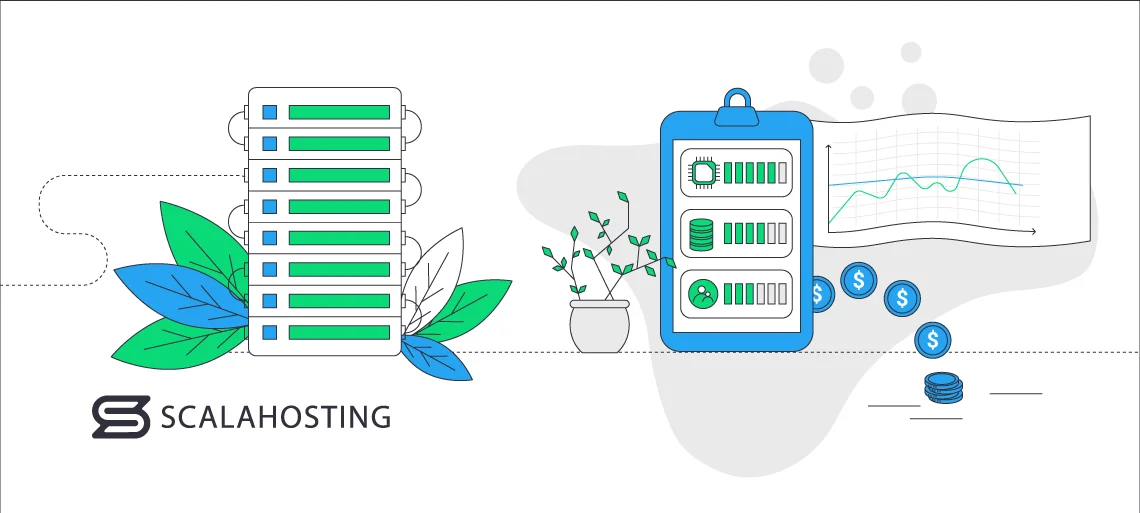
In order to practice efficient cost management for your cloud hosting, you need to monitor and optimize your resource usage. Whether under the pay-as-you-go or fixed plan umbrella, businesses must adopt proactive strategies to ensure optimal resource utilization and cost control.
Scaling Strategies
With their dynamic resource allocation, pay-as-you-go plans offer the benefit of auto-scaling features. These automated mechanisms facilitate seamless adjustments of resource levels, allowing you to easily adapt to varying traffic loads and avoid any performance hiccups.
Fixed plans rely on a more controlled and pre-defined approach to ensure stability and optimal performance. In most cases, you’ll have to address adding more resources with your hosting provider. At ScalaHosting, we have made this option readily available in the SPanel control panel, so you have full control over your CPU, RAM, and storage space.
Another scaling strategy you can try is using elastic load balancers. They accept client requests and route them to multiple destinations, such as IP addresses, within the availability zones. That way, you’ll be able to handle visitor spikes successfully, regardless of your chosen payment method. Elastic load balancers also support automatic scaling based on incoming traffic.
Hidden Costs and Considerations
Beyond the overt pricing structures, there are several costs people rarely consider. Those include data transfer fees, storage costs, and additional services. They are present on both PAYG and fixed plans.
Transfer fees are a factor to consider when deciding to move your data between different regions or services within the cloud ecosystem. A prime example is when you’re switching hosts and already have a data-rich website. Many reliable hosting companies actually save you the fees by providing data migration free of charge.
Storage costs also take a substantial portion of overall cloud expenses. Be realistic with your needs and discuss your plans with your host to avoid surprises down the road.
Additional services will depend on your chosen vendor. They might range from better security features to full-time support. Make sure you research what is free and what costs extra with your host before committing.
And speaking of research – check your hosting provider’s renewal fees. They might be higher because new users often get discounts. However, that doesn’t mean you need to change hosts every year. On the contrary – staying with a vendor for the long run is often more cost-effective as you stick with a trusted partner with a proven track record.
Budgeting and Decision-Making
The first step in budgeting is to create a realistic financial plan that meets your website’s current needs and future growth requirements. This will help you decide whether pay-as-you-go or fixed plans work better for you. Then, you should compare the top hosting providers that offer cloud hosting as a listed service. Once you have a clear idea of a potential budget, allocate some of it towards additional services – software solutions, themes, plugins, extra tools.
Once you commit to a host, start monitoring your resources. Exceeding your limits on fixed plans will result in additional fees, which you’d want to avoid. Being aware of your resource usage can also help you calculate your monthly pay-as-you-go fee.
A good way to keep your resources under control is to optimize your site performance. You can review the code, enable caching, and reduce image size as a starting point.
Fixed plans enable you to commit to a longer subscription period. This can significantly lower your hosting costs, as most vendors have a discount policy for loyal customers.
Adapting to Changing Needs
Businesses grow and change dynamically. To stay on top of your game, you should periodically reassess your hosting needs. Make sure your current strategy aligns seamlessly with your long-term vision and objectives. There is power in being able to switch between pricing models when needed. Whether you are trying to switch from pay-as-you-go to a fixed plan or vice versa, the ability to adapt ensures optimal resource utilization.
Always go for a provider that can support your future growth. For example, free hosting might seem tempting, but it is unsustainable and offers sub-par performance. Choosing a premium hosting vendor and staying with the company for the long run will give you more security and help you save some money.
Cloud Hosting with ScalaHosting
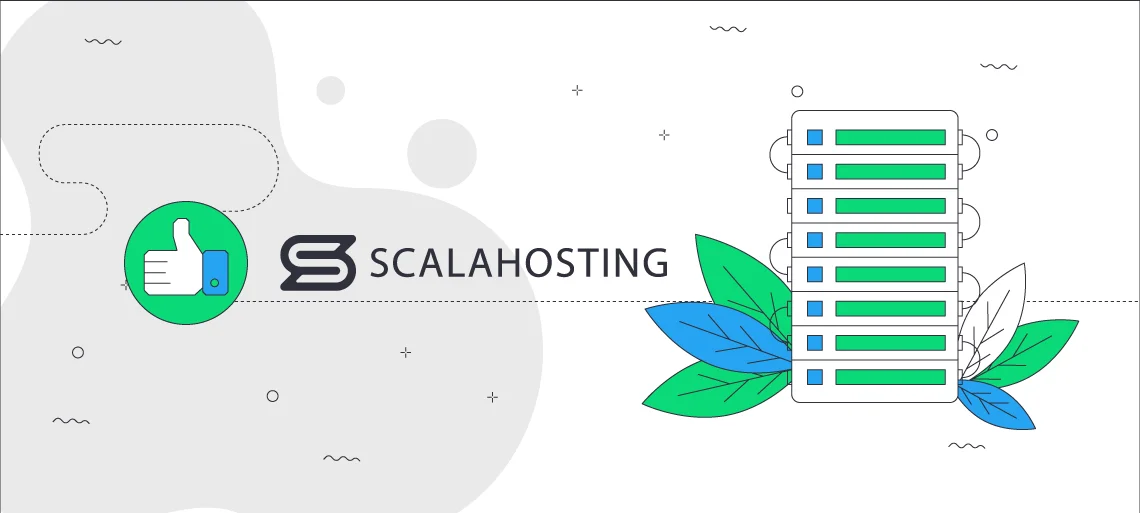
As a provider with more than 15 years of experience in the hosting scene, ScalaHosting has come up with cloud packages for every need.
We offer both managed and self-managed cloud VPS hosting, suitable for all types of projects. We also have a tailored plan for WordPress enthusiasts, SSD cloud hosting for enterprises, and more. No matter which pricing model you go for – pay-as-you-go or fixed – we have something for you! Our packages are customizable and scalable, allowing you to tailor them to your specific needs and easily add or remove resources.
Еach one grants you access to SPanel, our in-house developed web hosting control panel. Among its other benefits – integration with Softaculous, backups, web statistics, etc. – it also comes with a resource tracker that will allow you to keep an eye on your usage. In addition, the control panel features SShield, an AI-powered security tool that blocks 99.998% of attacks before they reach your server.
Our support team is available 24/7 to answer all your hosting inquiries and provide assistance whenever needed. You can talk to them via live chat and email.
Contact us today to start your cloud hosting journey!
Wrap Up
Cloud hosting brings numerous benefits to the table – optimized performance, immense resource scalability, flexible pricing, and much more. Whether you choose the flexibility of pay-as-you-go or the stability of fixed plans, you’ll be able to take your business website to the next level. Don’t be afraid to embrace hybrid approaches when necessary, and keep an eye out for hidden fees so you can easily optimize your costs and stay up-to-date with hosting trends.
FAQ
Q: Is cloud hosting cheaper than shared hosting?
A: Cloud hosting is not cheaper than shared hosting, but very close to its price range. Shared plans usually range between $1 and $15 and are the cheapest possible option, but they involve sharing server resources with many other users, negatively impacting your performance and security. In comparison, a good cloud VPS can cost around $15-$60 but give you dedicated CPU/RAM and an isolated environment for your project alone.
Q: What are the four types of hosting?
A: The four main types of hosting are shared, VPS, dedicated server, and cloud. Shared packages are more cost-effective, as multiple users share the same server, resources, and IP address. With a VPS plan, your account is isolated and offers dedicated resources and IP address. If you opt for a dedicated server, you get the entire setup for yourself and can customize it as you see fit. With cloud hosting, you get a network of interconnected servers rather than a single physical machine. Such configurations provide the ultimate speeds, security, and resource scalability.
Q: How do I estimate hosting costs?
A: To estimate hosting costs effectively, it’s essential to have a clear understanding of the resources you’ll need. Then, you have to find a suitable plan. Take into consideration factors such as initial setup and migration fees, data transfer costs, security and ecommerce features, support levels, and additional services. It is also important to check your hosting vendor’s renewal costs.
